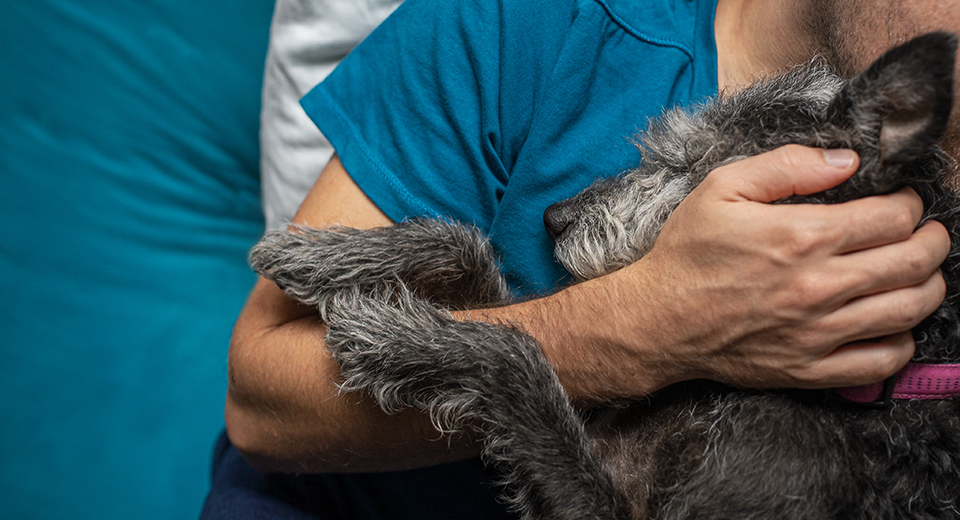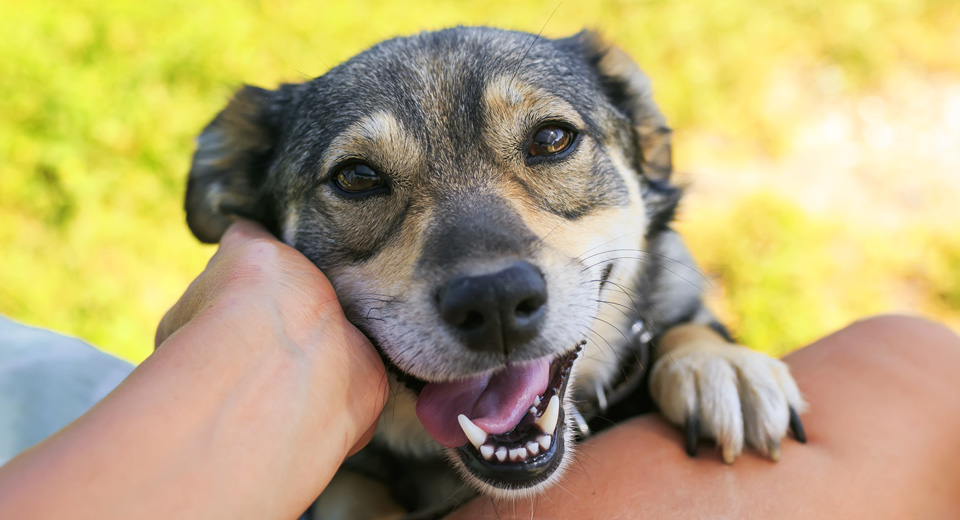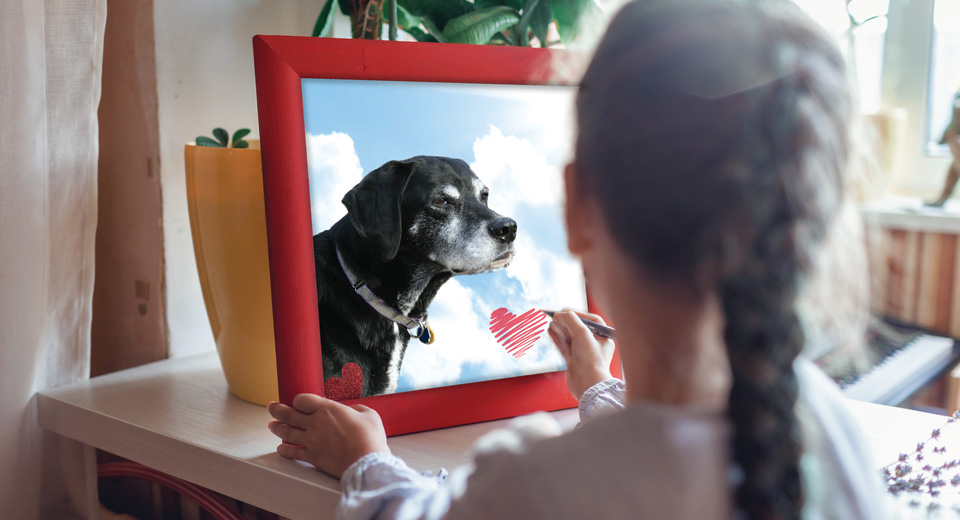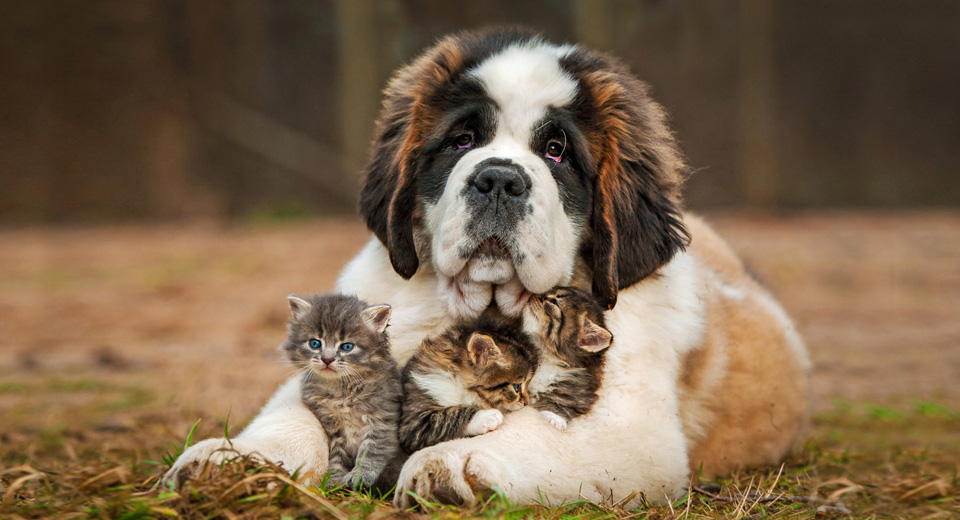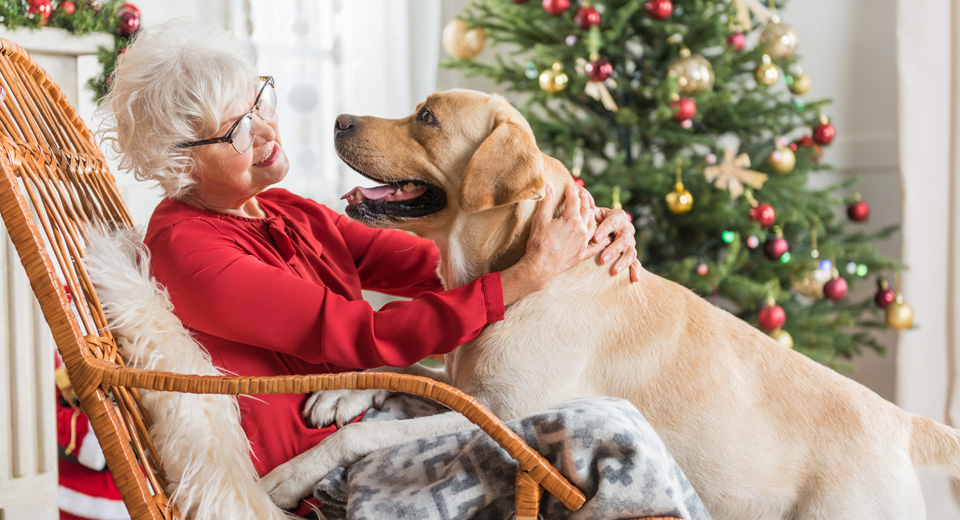
Winter weather can be tough on senior pets suffering arthritis or other inflammatory conditions. Pain mitigation strategies include traditional medication, supplementation and environmental enhancements such as warming beds, cold-weather apparel, and paw-protection. One area of increasing interest to pet parents is LDN therapy for pain and inflammation management.
“While we can’t turn back time, there are many ways you can give your cat or dog the gift of a more comfortable winter, and LDN is a promising part of that strategy,” said Dr. Laurie Brush, founder of Heaven at Home Pet Hospice.

